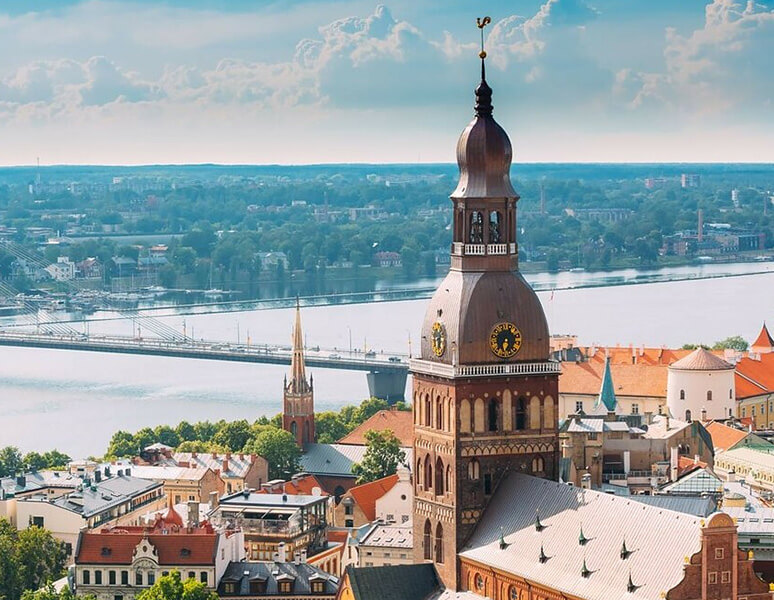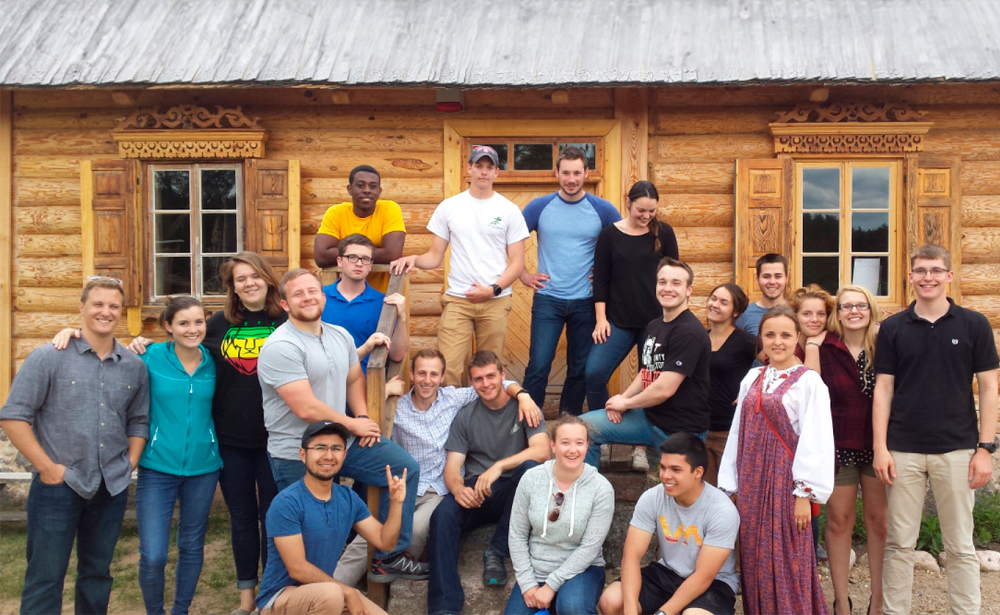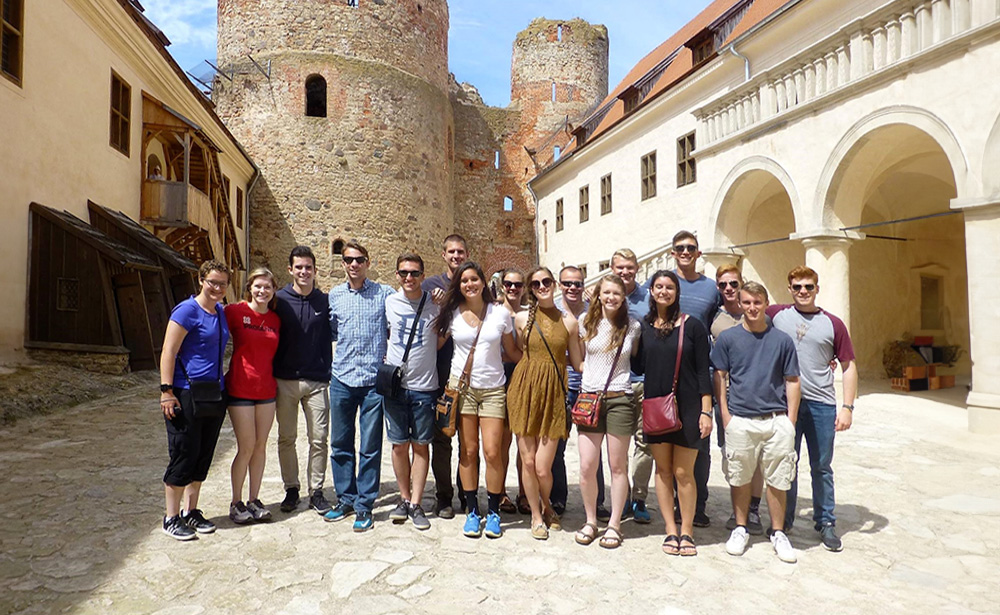Interesting Places to See in Riga. Part 5
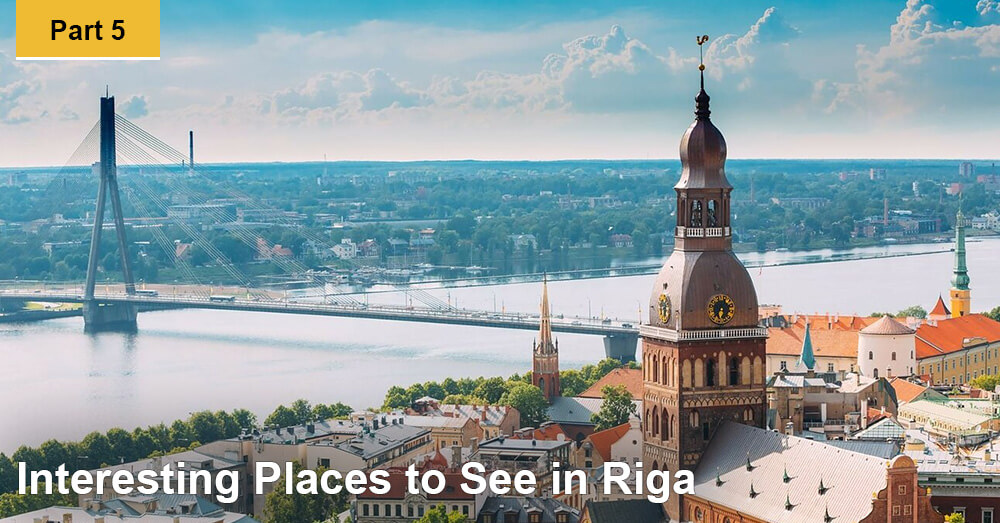
It often happens that we make our impression about a city only by its main landmarks. However, any city, like any person – the more you know about them, the more they reveal about themselves. Today we’ve prepared for you our third article about interesting places you can see in Riga. We’ll tell you about 5 places in Old Riga which are extremely important if you’d like to better understand the image of the capital city.
St. Jacob’s Cathedral

St.Jacob’s Cathedral is the main Catholic church in Latvia and the smallest out of 4 churches in Old Riga. The cathedral was built in the 13th century. Originally, it was built as a catholic church, but in the 16th century it became the first Riga Latvian Lutheran church. The cathedral burned several times; it was restored, rebuilt and new details were added to it. The only part of the cathedral which preserved its original form is the altar. Today, St.Jacob’s Cathedral is the Cathedral of the Archbishop of the Catholic Church of Latvia.
Three Brothers
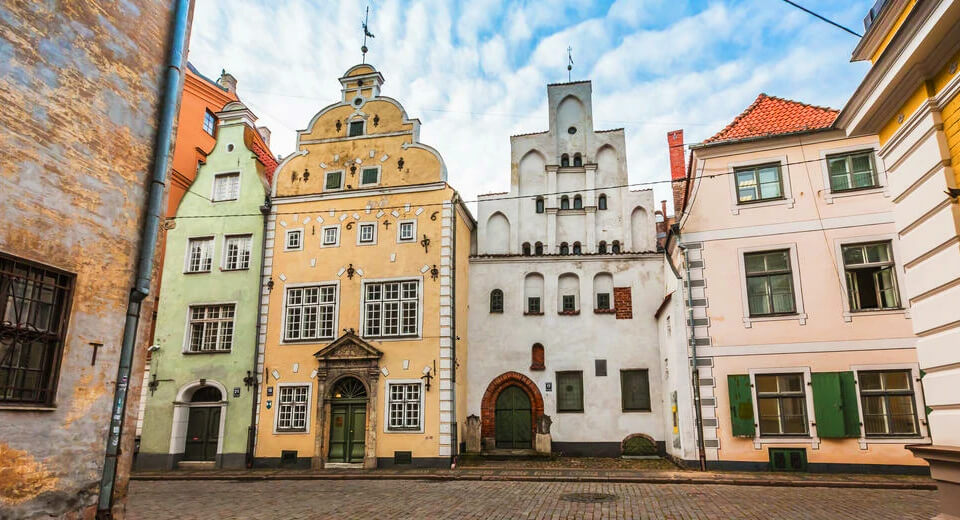
Three Brothers is the oldest architectural complex which is located in the center of Old Riga. Its building started at the end of the 15th century. It has preserved its original appearance until now. The complex consists of three buildings which stand really close to each other. The building got its name similar to the “Three Sisters” building which is located in Tallinn. Legend has it the three buildings had been built by three men of one family. Each of the three buildings has its name. The oldest house is called “White Brother”. It was built at the end of the 15th century. “Middle Brother” was built in the mid-17th century, and “Green Brother” was built in the late 17th century.
Saeima Building
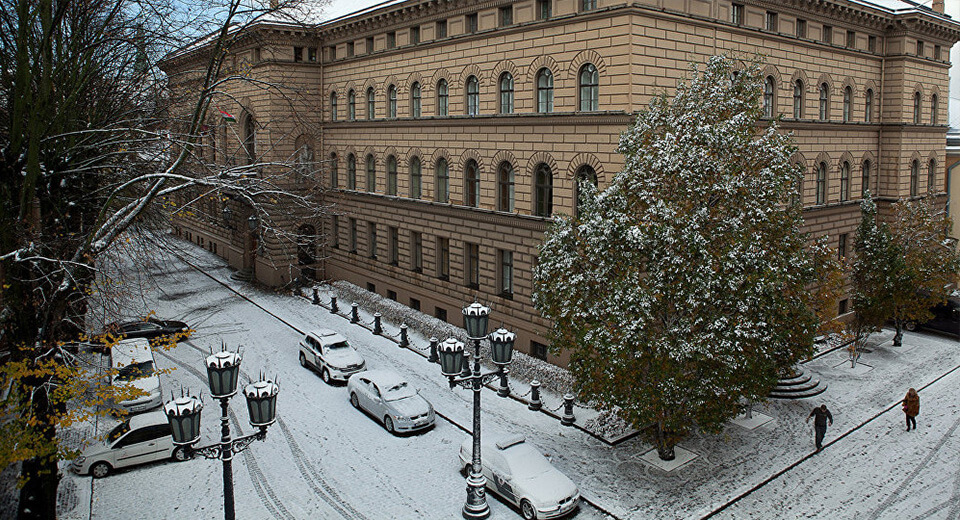
Saeima Building is the building of the Latvian Parliament, and is located in Old Riga. Originally, it was designed and built in 1867 by architects Robert Pflug and Jānis Frīdrihs Baumanis to house the House of Vidzeme Noble Corporation. The building was rebuilt and expanded several times. From 1923 until 1934 and starting from 1993it houses the Saeima of Latvia.
John’s Yard
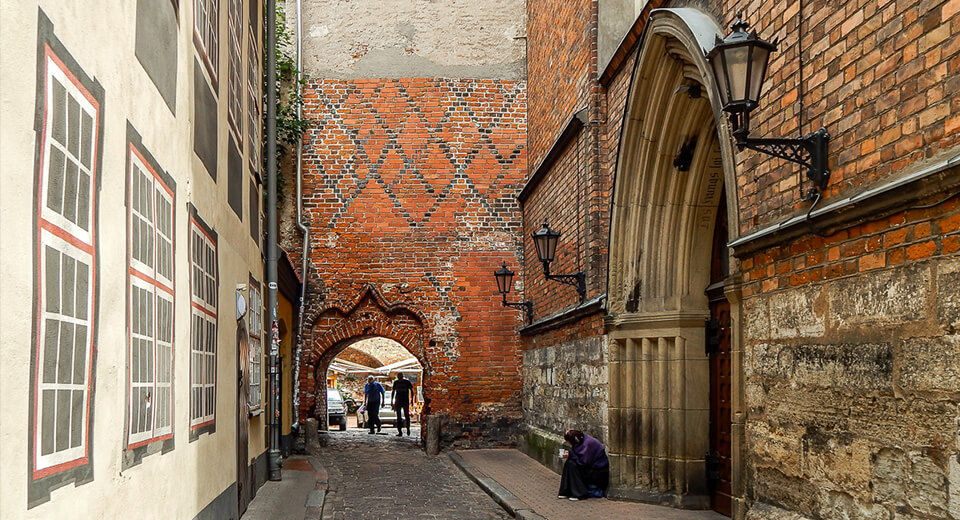
John’s Yard is one of the main landmarks situated in Old Riga. It’s a small, cozy, walk-through courtyard of the former Dominican monastery which adjoined the old city defensive wall. The most famous fragment of the original city wall is in John’s Yard. The area of the yard is 530 square meters. Now, it houses a traditional beer garden, and a jazz club “Hamlet”.
Convent Yard
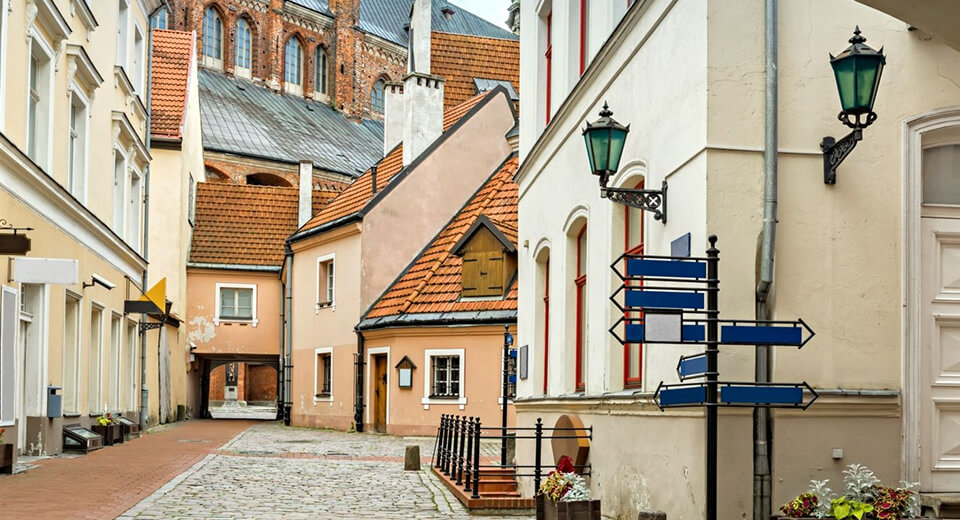
Convent Yard is a territory and unique complex of medieval buildings, one of the Riga landmarks, and an architectural monument in Old Riga. The history of the Convent Yard dates back to the beginning of the 13th century, when the Order of the Swordsmen built the castle here, which was destroyed by Riga residents at the end of the century. Later, the Order of the Swordsmen started to build a new residence, but the former castle was given to the Convent of the Holy Spirit. Thus, the name of yard is now Convent. The complex was ruined by fire and was rebuilt several times. It got its modern appearance in the early 18th century.
That’s the end of the third part of the article about most popular places and landmarks in Old Riga. If you have already seen them, share your impressions in the comments.
You may be interested
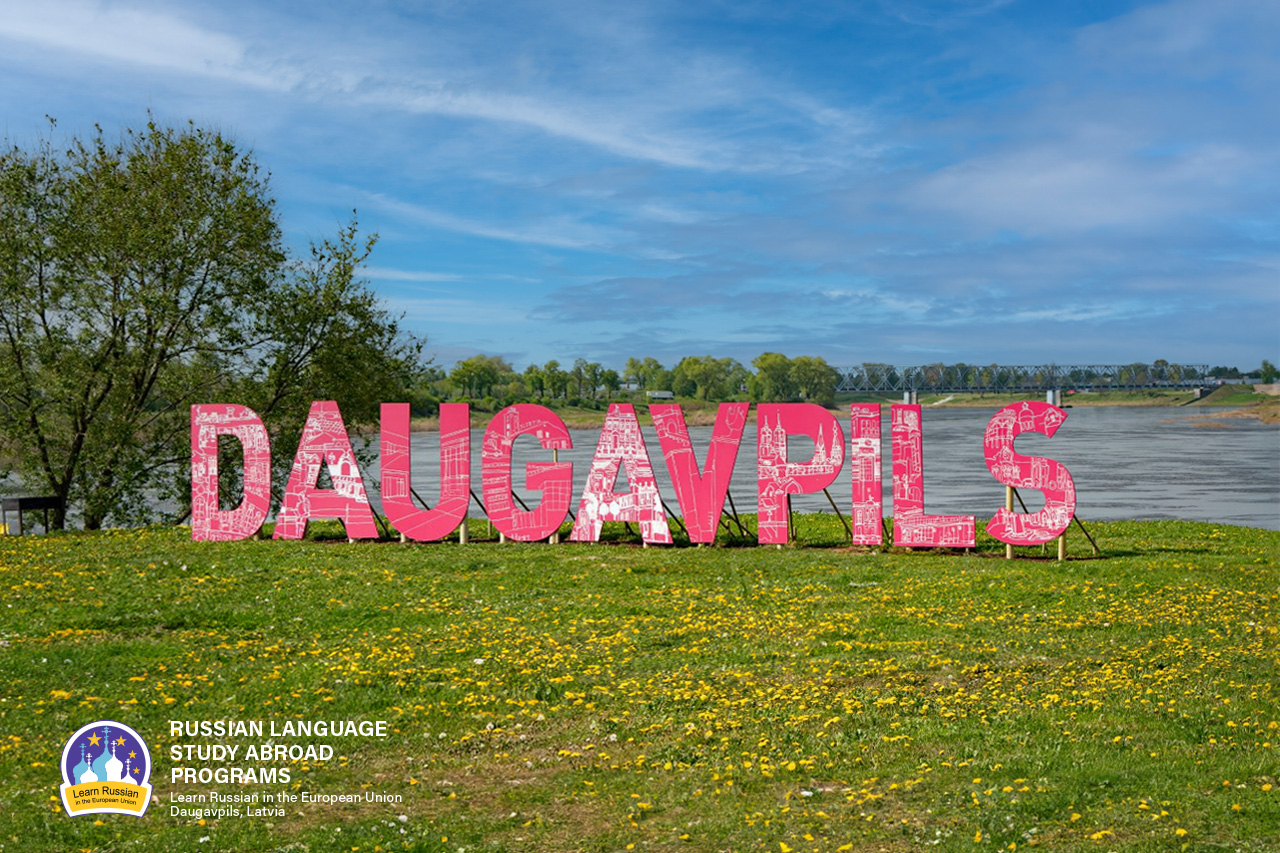
Why do people speak Russian in Daugavpils?
As it seems to us, Daugavpils is the best place to learn Russian now, because our city is situated in the EU and NATO, but at the same time 90% of the city’s population speak Russian at home.
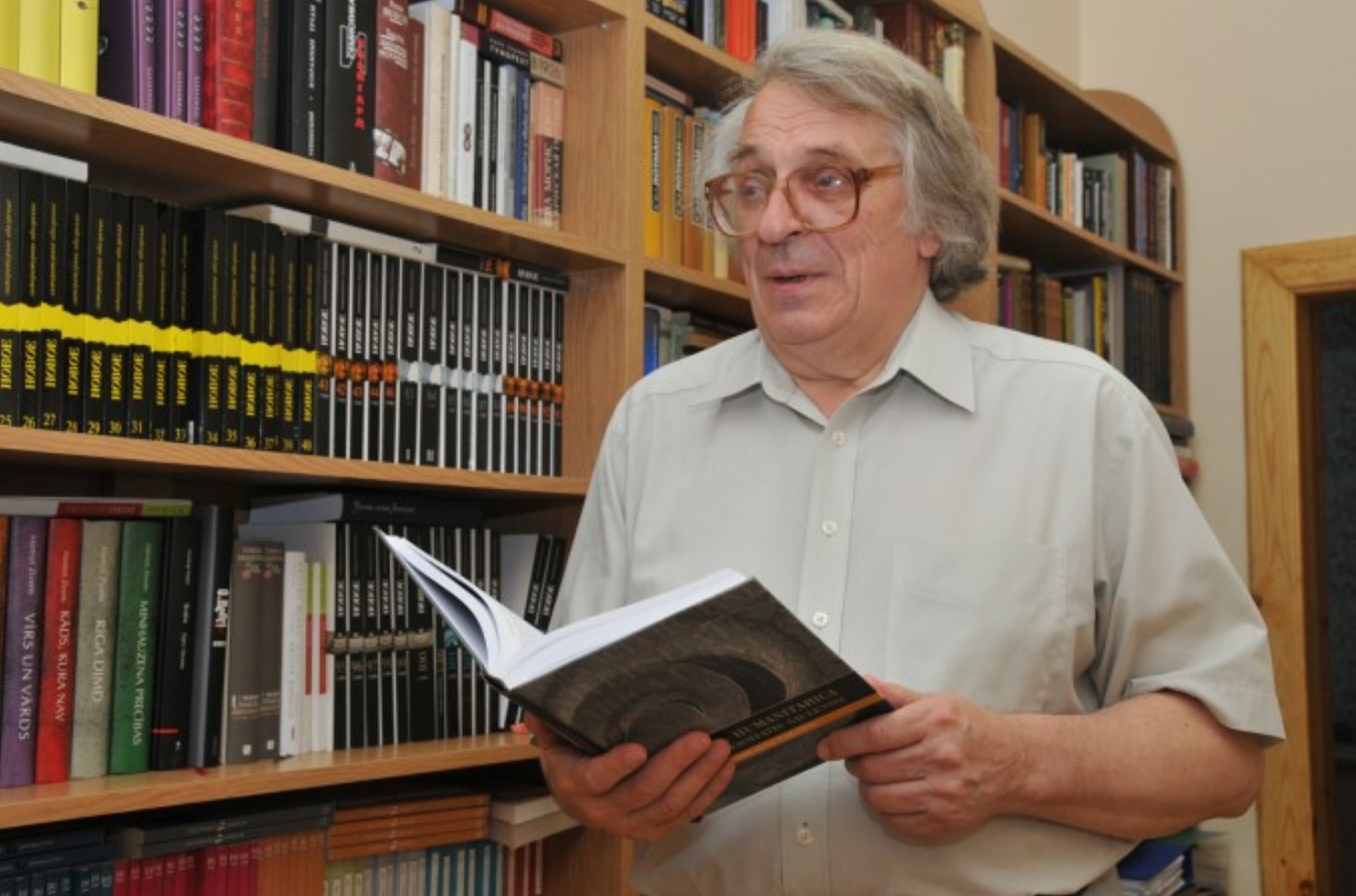
ЭТЮД О ДВИНСКЕ
Etude on Dvinsk by F.Fedorov
The Baltic region is one of the most catastrophe prone regions of the 2nd millennium, especially its second part; it is the centre of attraction of ‘geopolitical’ interests of the European world. Probably the most tragic fate has befallen to the eastern part of the present Latvia and its multi-titled town of Dinaburg – Dvinsk – Daugavpils. During its 730 years long history, the town went through five rather autonomous periods of development, five different lives (German, Polish, Russian, Latvian, Soviet), and at the beginning of the 1990s it entered into the 6th period.
The history of Dinaburg – Dvinsk – Daugavpils is the history of five attempts by the town to begin its life anew; and this is determined not only by the fact that the town was four times burned down and had to start life from scratch, but first and foremost because each of these periods was characterized by a total change of ethnos and the socio-cultural field.
The present article deals with the cultural space of the town in one of the most efficient periods of its development – from the 1860s till World War I.


